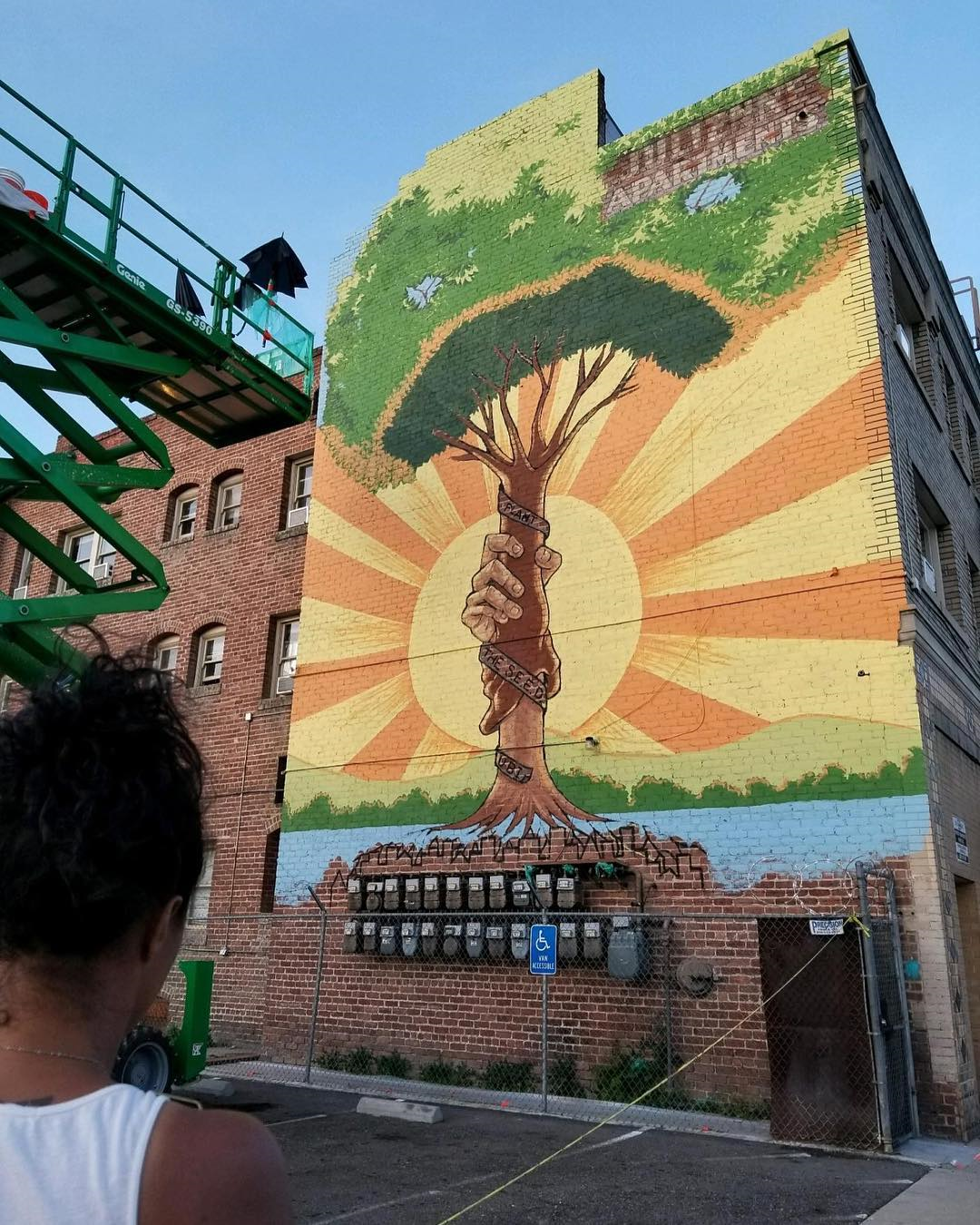Rise Stockton Coalition
Our Story
History
In November 2017, the City of Stockton was awarded a $170,000 Transformative Climate Communities (TCC) Planning Grant by the State of California’s Strategic Growth Council to support planning activities in the Downtown and South Stockton region. A year before, community partners and neighborhood residents came together to host workshops and participate in trainings centered on environmental and health inequities in their communities. Together, they built a vision of community-led climate justice - eventually receiving support from City Hall. They created Rise Stockton to put a name to their collaborative efforts and establish a point from which to carry out their work.
The community engagement and planning conducted during the TCC Planning Grant eventually led to the award of a $10.8 million TCC Implementation Grant in June 2020. Leading up to that award, the Rise Stockton coalition repositioned itself to broadly coordinate the environmental justice, resilience and green economy efforts conducted by Stockton community partners.
Who We Are
Rise Stockton is an independent coalition of partners focused on environmental justice. We are determined to build our collective capacity as we create equitable environmental outcomes greater than the sum of each partner’s ability. Rise Stockton plays a steering role to ensure that the environmental justice and green economy work in the community is aligned with its residents values and priorities. Functionally, Rise Stockton’s work includes aligning the programs of various partners, advocating for policy that supports partners’ work, and sourcing and directing funding to partners where appropriate.
Project area historical context
As with other TCC grant recipients, communities of color, especially in the areas of Stockton that are south of Harding Way, have suffered from disinvestment in their neighborhoods and the negative impacts of development projects since their area was urbanized in the early 1920s. Redlining practices under FDR’s New Deal in the 1930s, and years of subsequent discriminatory housing practices, have held many neighborhoods back.
Additionally, the social and physical fabric of entire neighborhoods was torn apart by the construction of a freeway to connect Interstate 5 and California State Route 99 in the late 1960s. This historical context, one of institutionalized racism, influenced how planning grant recipients determined the planning area.




